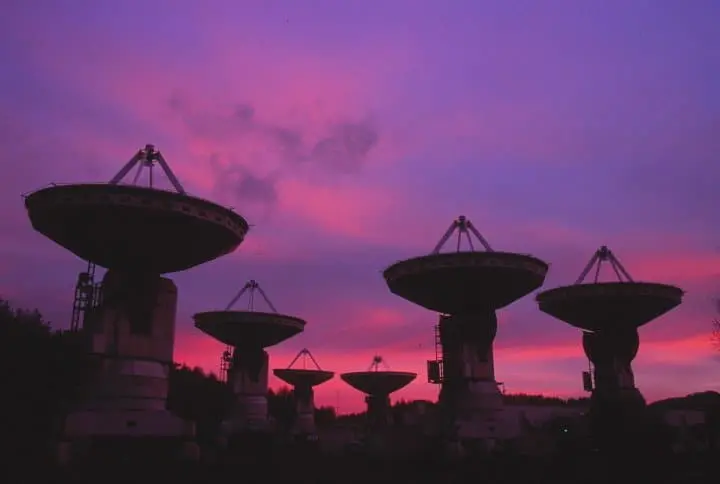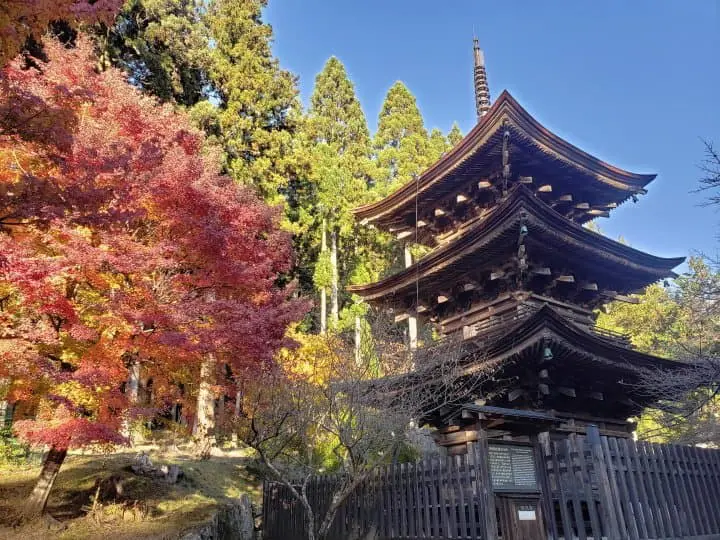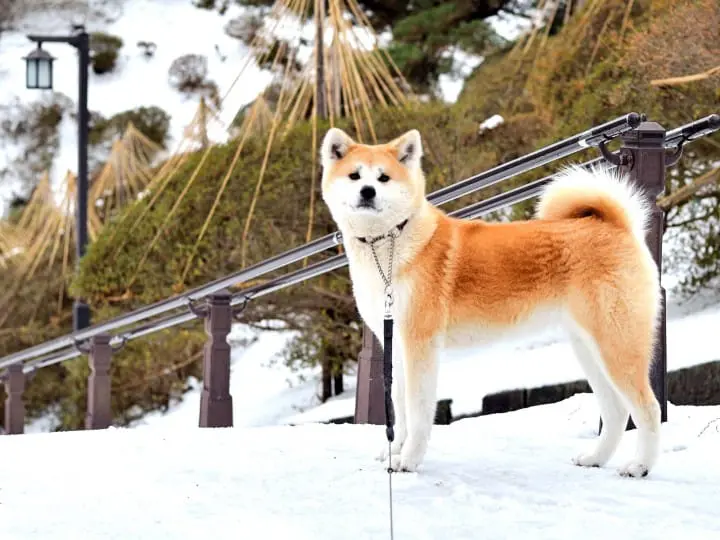The Train Closest to the Sky! A Journey of Sights and Stars on the Koumi Line

The Koumi Line travels at the highest elevation of any JR line and links Komoro Station in Nagano to Kobuchizawa Station in Yamanashi. Enjoy a natural beauty you won’t find in the city and go on a railway journey through the mountains of Japan!
Koumi Line – Travel Through the Mountains

Picture courtesy of Koumi Line Area Promotion Committee
The Koumi Line is a 78.9-kilometer rail line connecting Komoro Station in Nagano to Kobuchizawa Station in Yamanashi. Several stations along the line sit at over 1,000 meters in elevation. Train passengers can enjoy views of Mt. Fuji, Mt. Yatsugatake, and many other of Japan’s prominent mountains from the windows.
Karuizawa, a popular sightseeing and resort area, is located nearby. It’s a 30-minute trip from Karuizawa Station to Komoro Station on the Shinano Railway.
Interestingly, while Koumi has the Japanese character for sea in its name, there are no oceans nearby. On the contrary, a station on the line in Saku, Nagano is the furthest stop from any sea or ocean surrounding Japan.
Why "Sea" in its Name?
Koumi's name dates back to 1,100 years ago.
At the time, two lakes were formed at the base of Mt. Yatsugatake by an eruption from the volcano. These lakes were considered seas. As a result, places nearby used the kanji character for sea or ocean in their names.
Once you know the ancient story behind the name, you’ll start to see the scenery outside the windows in a slightly different light.
Relish All Four Seasons! A Journey on the Koumi Line
The views from the train windows are the true charm of a railway journey, but there are several spots along the Koumi Line that are specially worth taking a stop-over to visit. We’ll take a look at these seasonal scenic spots and activities.
Outdoor Spots to Visit in the Spring

Picture courtesy of Koumi Line Area Promotion Committee
Kiyosato Terrace is a scenic spot overlooking Mt. Fuji and the Nobeyama Highlands from a 1,900-meter summit. The terrace is located in Sun Meadows Kiyosato—a ski resort about a five-minute drive from Koumi Line's Kiyosato Station. It's also a place where you can delight in coffee and desserts on spacious sofas.
If you’re lucky, a sea of clouds will fill your view, and it’ll almost feel as if you’re up above the sky!
Business Period: Late May – Early November

Picture courtesy of Koumi Line Area Promotion Committee
Ogawayama is a mountain dotted with massive and unusually shaped rocks. This mountain is called a rock climber’s paradise and is visited by top rock climbers from around the world. It's also known as "Japan’s Yosemite," because it has as many granite rock faces as Yosemite National Park in the United States.
Kinpo Mountain Cottage (Japanese) is a European-style mountain inn located nearby. It’s the perfect hub for camping and mountain climbing!
Opening Period: May - November

Uchiyama Camp Field. Picture courtesy of Koumi Line Area Promotion Committee
We recommend staying at a campground for your accommodation. At Uchiyama Camp Field (Japanese) in Saku, you can take in a panoramic scenic landscape. North Parada Camp Site (Japanese) is well-stocked with rental camping gear, making the facility easy for families and camping novices to use.
Business Period: April – Mid-November
Azaleas in Full Bloom in a White Birch Forest

Picture courtesy of Koumi Line Area Promotion Committee
In Yachiho Highlands, stretching across the east side of Mt. Yatsugatake, you’ll find a forest of about 500,000 Japanese white birch trees. Those who want to enjoy the refreshing nature should visit around June. During the summer season, red and orange azaleas bloom and bring out the green and white of the birches.
We recommend Yachiho Highlands Flower Park (Japanese) for hiking and azalea viewing. We also recommend visiting the Yachiho Highlands Natural Garden and Yachiho Lake (Japanese) for its trekking courses!
Take in Japan’s Best Autumn Sights

Picture courtesy of Koumi Line Area Promotion Committee
The white birch forest in Yachiho Highlands is also a great spot to visit during the fall. The grove enters its fall foliage season from October to November. The blaze of the maple trees that surround the white birch forest and the golden yellow larch trees are so vibrant it’s almost blinding. It’s known as the most beautiful white birch forest in Japan!
How about experiencing the arrival of autumn as you listen to the chirping of the birds?

Photo by Pixta
Minamiaiki Dam (Japanese) is covered in pure white limestone that contrasts beautifully with the colors of the autumn leaves. The dam is constructed at a height of 1,532 meters, in the upper reaches of Minamiaiki River and is the highest altitude large-scale dam in Japan.
Many people have come to see the dam in recent years due to its amazing size and beauty. Note that the dam is closed during the winter months (early December – mid-April).
Exciting Winter Activities

Picture courtesy of Koumi Line Area Promotion Committee
Ice fishing (Japanese smelt fishing) (digging a hole in a frozen lake to fish) is an enjoyable activity for fishing novices and experts alike. Japanese smelt is an edible fish about 10 centimeters in length. The pure waters of Lake Matsubara are a bustling destination for stand-up paddleboarding and crucian carp fishing in the summers, and smelt fishing in the winters.
The ice fishing period runs from late December to early March. The two-kilometer promenade built around the lake is perfect for a stroll during a stop-over.

Daizen Waterfall. Photo by Pixta
Santaki is famous for its large winter icicles. Santaki (the Three Falls) is a collective name for Daizen Waterfall, Kozen Waterfall, and Senge Waterfall on Mt. Santaki. Daizen Waterfall—the largest of the three—completely freezes in the winter and transforms into a gigantic 30-meter icicle!
The icicle is a dreamy, light cobalt blue that is truly a work of art created by nature.
The best time to enjoy the frozen waterfalls is early to mid-February.
HIGH RAIL 1375 – Traveling Beneath the Starry Skies

Picture courtesy of Koumi Line Area Promotion Committee
HIGH RAIL 1375—serviced by the Koumi Line—is a sightseeing train built around the concept of being a train through the heavens. The numbers 1375 refer to the highest point (1375 meters) on the Koumi Line, located between Nobeyama Station and Kiyosato Station.
HIGH RAIL 1 and 2 operate during the day, while HIGH RAIL Hoshizora operates only in the evenings. We'll introduce the allure of this railway journey and share some of the night sky's spectacular sights.
Take the Koumi Line and See the Milky Way!

Picture courtesy of Koumi Line Area Promotion Committee
The two-carriage HIGH RAIL 1375 is designed after the starry sky in a blue as dark as the night sky decorating its body. The interior is also interspersed with star themes and space motifs.
One sight you shouldn't miss on the HIGH RAIL Hoshizora is the star-filled sky above Nobeyama! During the passenger-only stargazing event, passengers can enjoy the clear night sky to their heart’s content while listening to stories about the stars from a stargazing guide.
NAOJ Nobeyama Radio Observatory

Picture courtesy of Koumi Line Area Promotion Committee
Nammoku, where Nobeyama Station is located, is such an optimal place for stargazing that it was chosen by astronomers as one of Japan’s top three spots for astronomy. The NAOJ (National Astronomical Observatory of Japan) Nobeyama Radio Observatory was constructed to make use of this environment, and it's considered an essential place for radio astronomy in Japan.
Several parabolic antennas of various sizes line the observatory and create their unique scenery. A self-guided tour is also offered, so anyone can tour the grounds for free.
Takamine Highland

Picture courtesy of Koumi Line Area Promotion Committee
Want to gaze at the starry sky while soaking in the hot springs? Then we suggest Takamine Highland. The highlands are located at an elevation of 2,000 meters, looking down over the clouds. This area is famous for its clear view of the sparkling stars in the night sky.
Stay at a hot spring inn such as Takamine Kogen Hotel (Japanese) when you visit. At Takamine Onsen Lamp Inn, guests can soak in the “above-the-clouds open-air bath” with a view of the vast sky overhead.
To get to Takamine Highland, take a JR bus from Komoro Station. Let’s enjoy the magnificent scenery and the hot springs!
Shinkaisansha Shrine – the Real-Life Location of a Popular Anime
Shinkaisansha Shrine, located about 10 minutes by car from Koumi Line's Usuda Station, has been sacred since ancient times. The shrine has a long history that dates back as far as the Kofun Period (mid-third century to seventh century).

Photo by Pixta
Continue past the large torii gates to find a shrine road lined with large zelkova and cedar trees. A solemn atmosphere fills the air.

Picture courtesy of Koumi Line Area Promotion Committee
The main building and three-storied pagoda on the vast shrine grounds are designated important cultural properties of Japan. Even now, the shrine retains the same elegance as it did when it was constructed over 500 years ago.
The kagura hall, where dance rituals are performed, is the real-life model for the same kagura hall that appears in the animated film “Your Name.”
Saku, the city where the shrine is located, is also where director Makoto Shinkai spent his high school years. This is a location that fans of the movie won’t be able to resist!
A Closer Experience of Japan
The Koumi Line is packed full of seasonal charms, from gorgeous nature to historical heritage sites. Some of the places along the line can take time to access, but take your time and enjoy unmanned stations and peaceful rural landscapes!
This will surely be a journey to experience a side of Japan not seen in big cities and famous sightseeing areas.
Read also
Main image courtesy of Koumi Line Area Promotion Committee
Written by ISHIGAKI KUMIKO
Sponsored by Koumi Line Area Promotion Committee
This article was made with funds from the Nagano Prefecture Community Development Fund.
MATCHA's promotional account for corporate and local government advertising. We aim to provide useful information to our readers in an enjoyable manner.









































![[Coupon Available] Attention Overseas Winter Sports Fans! Nagano's Sports Depot Has Evolved](https://resources.matcha-jp.com/resize/720x2000/2026/01/05-254819.webp)
![[2 hours from Tokyo ] 10 Quiet and Breathtaking Views of Mount Fuji in Yamanashi Hokuto City , Yamanashi - Part 2](https://resources.matcha-jp.com/resize/720x2000/2025/12/16-253037.webp)
